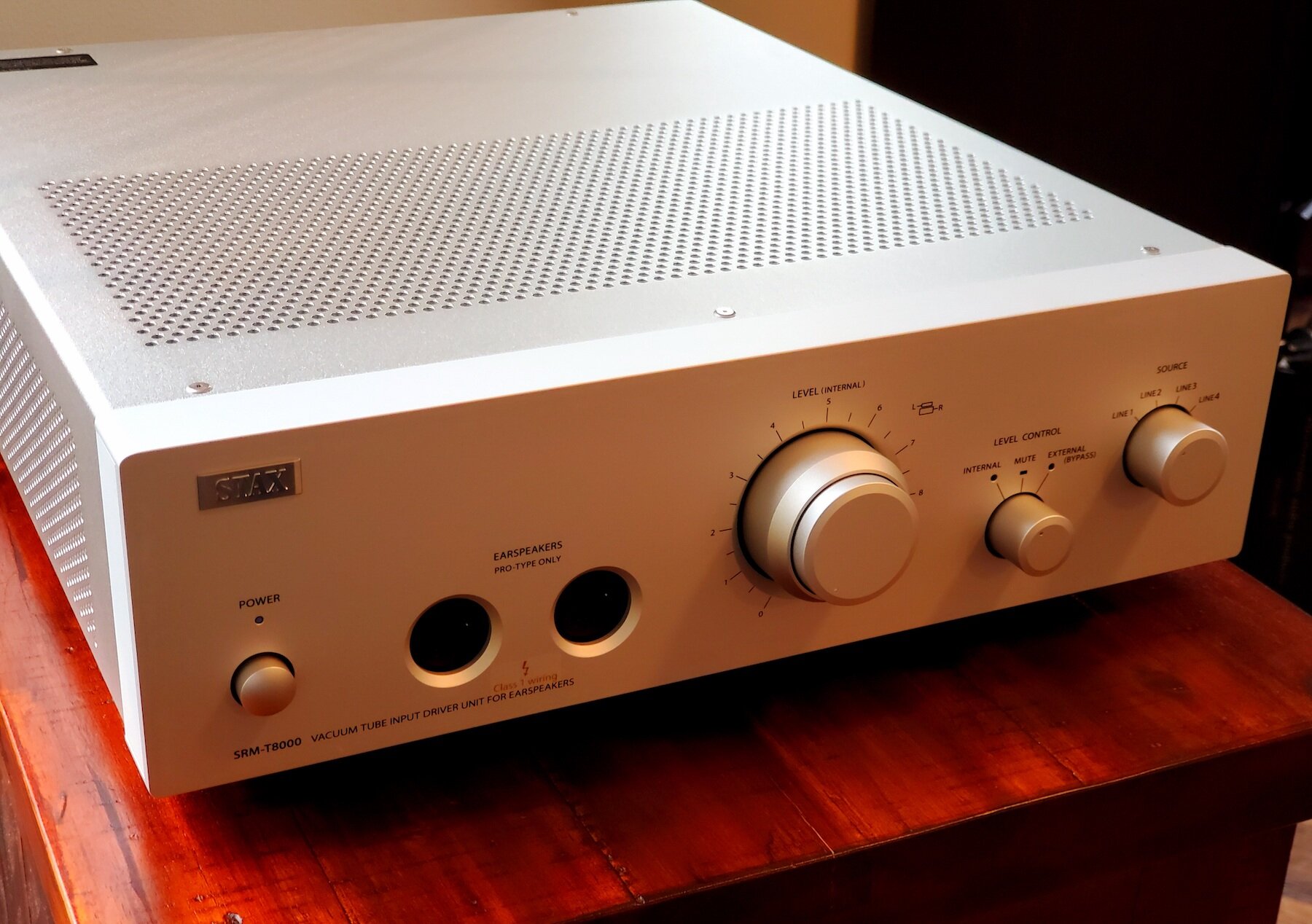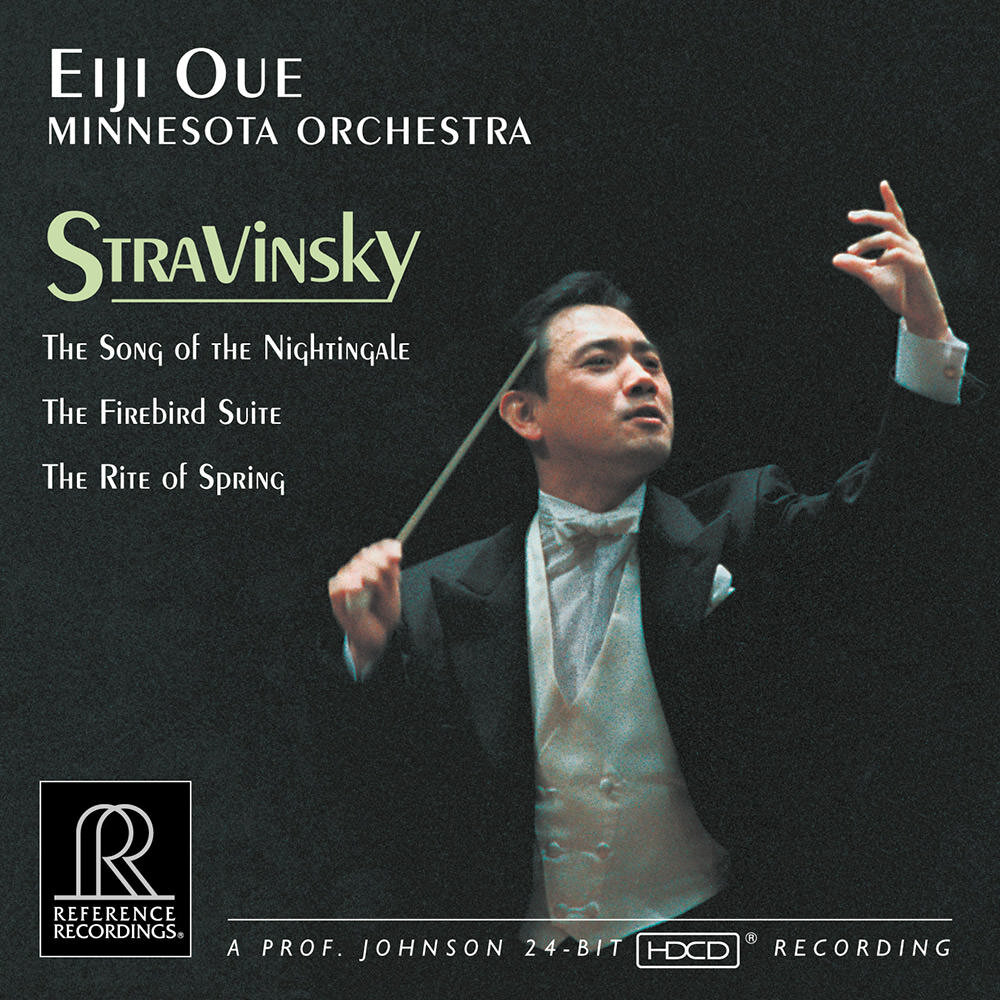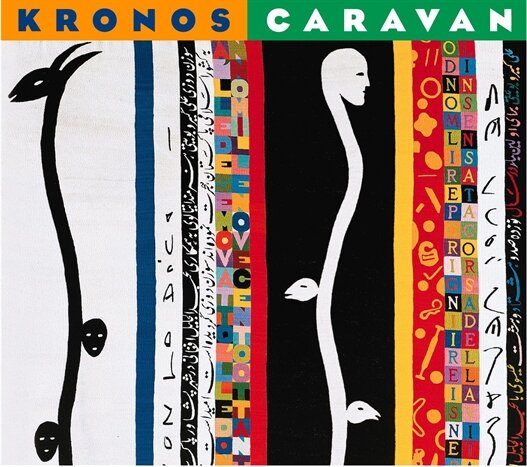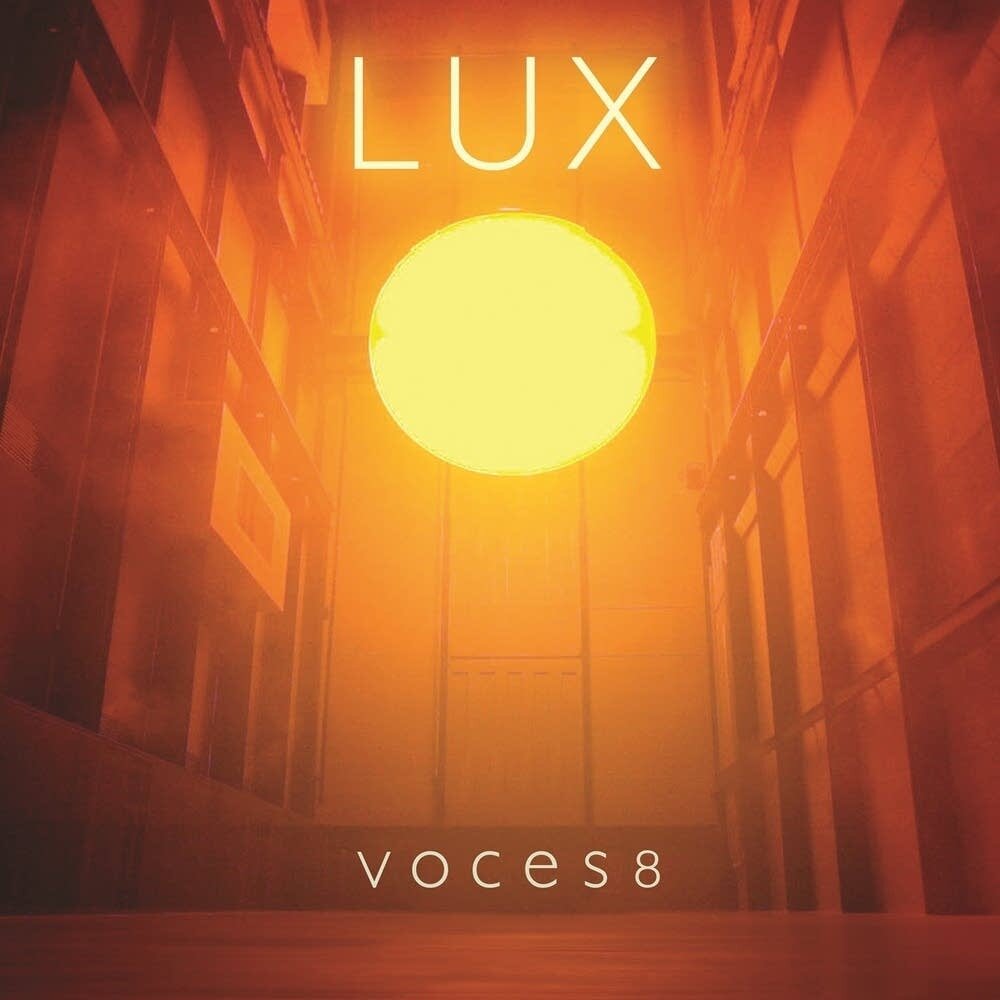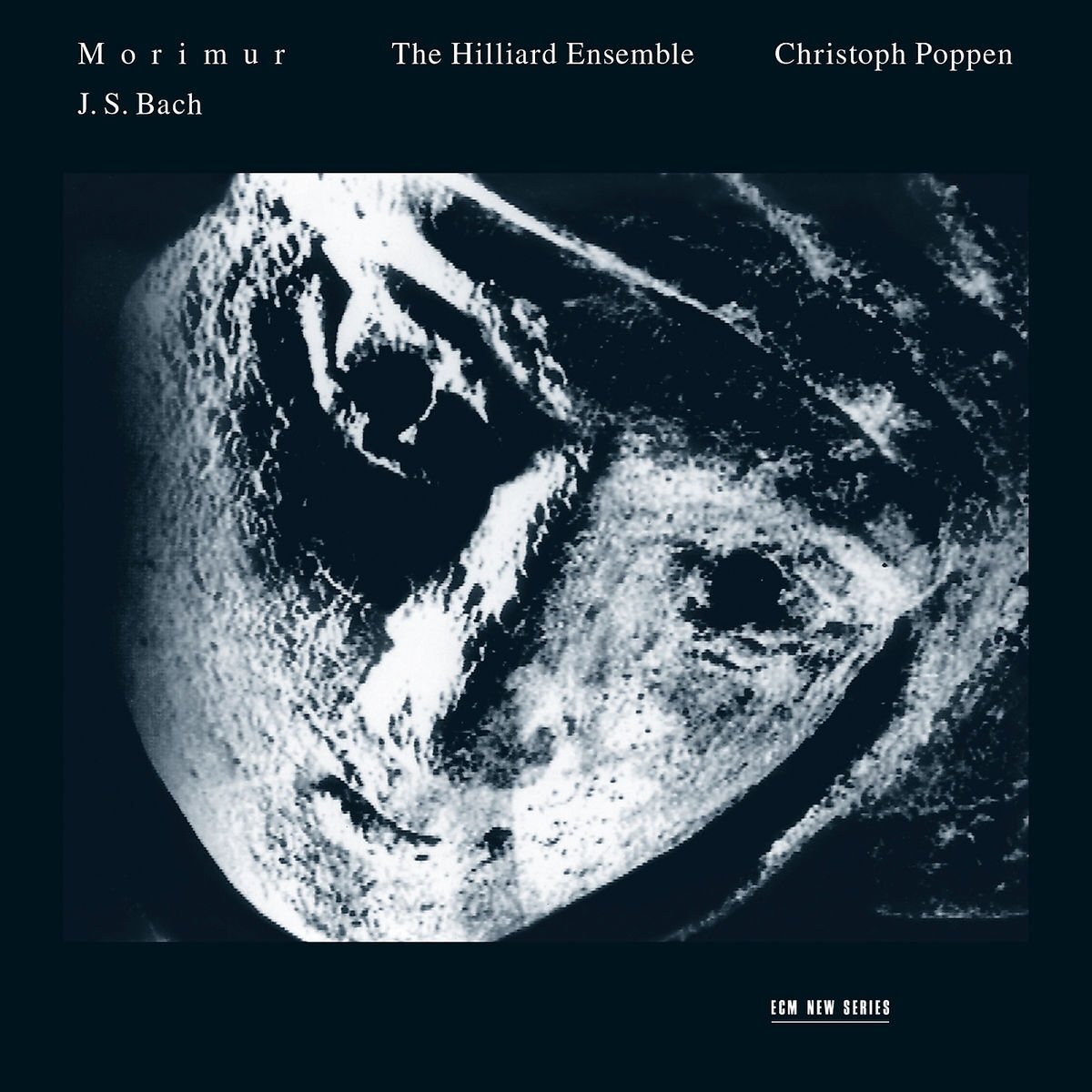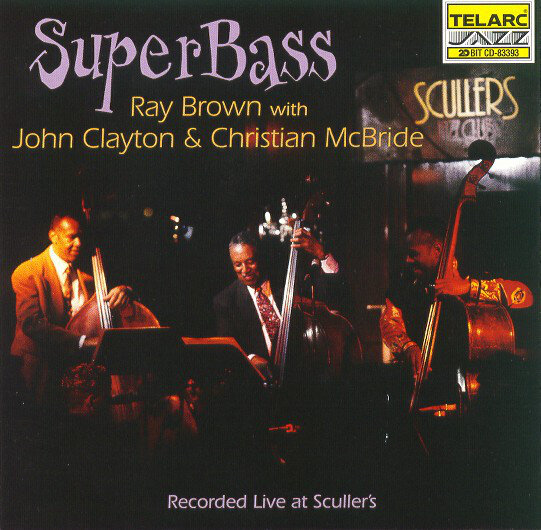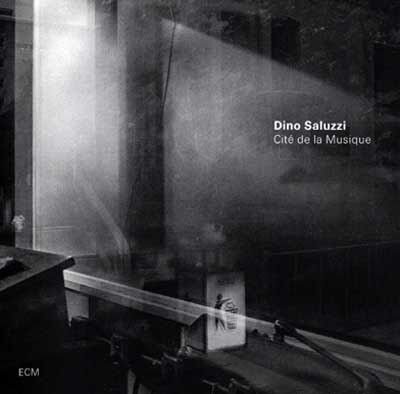STAX SRM-T8000 - REVIEW
The Top-Of-The-Line (TOTL) Electrostatic Energizer (Amplifier)!
Imagine a treasure within arm’s reach, but a lack of awareness stops you from reaching for this treasure—a dirt encrusted Van Gogh, a stringless Stradivarius, etc. In this respect, imagine that this treasure renders the music you love in a way that is so sublimely engaging, so compelling, that you may well be emotionally unable to comprehend what is happening. Hyperbole? No, not really.
Before I continue, I’d like to provide a point of reference and easy technological information for first time readers, regarding headphone technology. You see, there are, basically, two headphone technologies—electrodynamic (Dynamic and Planar) and electrostatic.
Dynamic headphones use cones, magnets, and voice coils like a traditional speaker. A Planar headphone uses a thin film in the place of a cone and magnets and voice coils, again, like a traditional speaker. An electrostatic headphone, on the other hand, does not use cones or magnets or voice coils, which, in turn, make them incredibly light and incredibly fast! The cone is replaced by a thin, electrically-charged membrane, which is placed between two perforated, metal plates—electrodes. When the electrodes receive a musical signal, this creates an electrical field that forces the membrane back and forth, piston-like, from one plate to the other. This movement forces air through the perforations on the electrodes, which, in turn, makes music!
STAX LTD, the preeminent electrostatic earspeaker (headphone) and energizer (headphone amplifier) maker in the world for nearly 100 years explains their preference for electrostatic technology:
“STAX chose the electrostatic technology for its ability to produce transparent sound, and low weight for comfort/ergonomics, both due to the driver design not employing fixed magnets and moving coils, as opposed to other common headphone driver designs. The minimal weight of the driver ensures a very quick response to the signal, creating a more faithful sound reproduction.”
And there you have it, as I have discovered now, time and time again, across my reviews of electrostatic headphones—STAX’s SR-009S, SR-007A, SR-L700MkII and the Dan Clark VOCE.
This electrostatic headphone technology, however, requires unique amplification—electrostatic amplification. And in this regard, I have also had the opportunity to review two of STAX’s rather incredible energizers—the SRM-700T and the SRM-700S. I now review their Top-of-the-Line (TOTL) energizer—the STAX SRM-T8000. And this folks is where the incredibly good make way for the incredibly great.
REFRAIN: Unlike most reviews, this review will be non-sequential, as it will start, below, with how the equipment actually sounds and not the process of physically “undressing” it and/or laying out its various parts, specifications, etc. Think of this review then, as a non-linear movie—Memento, Kill Bill, Arrival, Eternal Sunshine of the Spotless Mind, The Terminator, In the Shadow of the Moon, The Queen’s Gambit, etc—that, likewise, starts at the end and winds its way to the beginning.
The Sound
“Two roads diverged in a yellow wood,
And sorry I could not travel both
And be one traveler, long I stood
And looked down one as far as I could
To where it bent in the undergrowth…”
—(excerpt The Road Not Taken, Robert Frost, 1874-1963)
Understand that there are, indeed, two roads when it comes to headphones, as I’ve referenced above—electrodynamic and electrostatic—and they are quite different. However, unlike in Robert Frost’s poem, it is possible to travel down both roads and while many have already traveled the electrodynamic (dynamic and planar) road, few have traveled the electrostatic road. This, perhaps, is the opportunity of a lifetime. But again, be warned, to travel down the “other road”—electrostatic—is to journey to a place that may be difficult to leave. Shangri-La anyone?
The differences between the STAX’s SRM-T8000 and its various siblings—SRM-700T, SRM-700S, etc.—is not at all subtle, nor difficult to differentiate, nor easy to forget. For one, the SRM-T8000’s incredible excavation of detail (information), the rendering of a black-quiet soundscapes, when called for, place it in a league of its own.
When listening to the STAX SRM-T8000 it will often appear as though the music is coming from the room and not the earspeakers/headphones over your ears. This may be a little disconcerting at first, as you’ll occasionally, need to remove the electrostatic headphones to locate where a given sound has come from. You’ll soon realize that it came from the headphones you’re wearing. You will find this quite amusing.
Here’s a simple analogy to begin to describe the difference that electrostatics and the SRM-T8000, in particular, introduce to the listening experience. Imagine listening to music in a small room, a closet. In this closet are speakers that are two sizes too large for it. If, however, the volume is kept low, then the music could be rather decent (as long as the sound waves are not bouncing about the room). But the performance venue that your speakers attempt to recreate in this closet is, at best, limited by the room’s overall volume or lack thereof. Now imagine that your room is the size of a cathedral, which your speakers love and all of the previous limitations and compromises have gone up in a puff of smoke. The room, simply, no longer matters. Well, in general, headphones do this and electrostatic headphones do this to a greater degree, as coupled to electrostatic amplifiers.
Another thing that you will discover when listening to the STAX SRM-T8000 is how incredibly natural the music sounds. “Natural,” appears across my notes from top to bottom and the term is meant to convey how real and how personal the music sounds. So compelling is the music rendered by the STAX SRM-T8000, that it will, seemingly, transport one to the venue in question—small cafe, recording studio, stage, arena, cathedral, etc.—and, in turn, make your listening experience more personal than it has ever been. I speak on this from experience, as my Yellow-Chair-Tardis and I have, seemingly, traveled the world and across time and space to hear the greats, rising stars, and those on journey to stardom.
The superlatives for the SRM-T8000, and there are many, are its top-to-bottom frequency extension—it can go low, it can go high—the astounding three-dimensionality, the tachyon-quick, transient speed, that allows your music to startle you, and the black-quiet background from which music so beautifully emerges. Its siblings—STAX SRM-700T and SRM-700S—were very good at all of the above; the SRM-T8000 is better across every parameter in question. I would not have thought this possible, given the talents of its siblings, but the truth is immediately apparent. The SRM-T8000 lifts all boats, in that every electrostatic headphone, every DAC, every streamer allied to it was allowed to reach its true potential.
The STAX SRM-T8000’s volumetric cube—its soundstage—is immense—as it embodies great depth and width and height (think cathedral). Countless times, as mentioned above, I would look about the room thinking that the sounds had originated somewhere else, when they had not.
For its evaluation across the segmented frequency spectrum, the STAX SRM-T8000 was paired to its apex electrostatic headphone sibling—STAX SR-009S ($4545)—and the Mola Mola Tambaqui ($13.5k), the Audionet DNP/EPX DAC ($30k), and the Roon Nucleus Plus ($2,500). Cardas and ANTICABLE helmed wire responsibility and the TORUS RM20 handled power.
Bass
Explosive and thunderous when called for, incredible transparency and resolution, and tachyon-fast transients, and on another level, altogether compared to, well, everything. The STAX SRM-T8000 handles the crush of multiple, simultaneous, bass explosions across symphonic, rock, rap tracks, etc. with the deftness and ease of a master conductor. So potent are its abilities across the bass realm that the STAX SR-L700Mk2 was able to reach bass depths that it, nor I, had ever thought possible. And this, my friends, is synergy. On cue Eiji Oui’s Stravinsky (Reference Recording) opens and the low, deep background rumble draws one’s immediate attention, “this is new,” I think to myself. And when “V. Infernal Dance of King Kashchey” sidles up to be heard, it is the potent, rolling thunder of humid, Midwestern climes, that, literally, shakes the foundation. There is the weight and tautness, the force and captured rapidity of mallet strikes to tympani, the incredible, see-through resolution, and the natural decay of all. Regardless of what I queued up for the STAX SRM-T8000 it rendered the bass with an ease and sureness and then asked for more. And I fed it. This is also quite new, my notes reflect.
Midrange
Incredibly Natural. If you love Choral and are not familiar with Voices8, you may wish to become familiar with them. The song “Prayer to a Guardian Angel” (Lux, Decca) queues. The low, mellifluous voices of the chorus set the stage for soprano Emily Dickens, whose voice enters with control, clarity, and a sweetness that is exquisitely engaging. The STAX SRM-T8000 brings a level of clarity, refinement, and articulation that removes all guess work from the soprano’s solo. Tone and texture, staging and positioning, and layering of soloist and choir are superb. The SRM-T8000 moves beyond its exceptionally skilled siblings to reproduce this piece in a way that is unequaled! There is also the foundational weight and dimensionality, that conjures corporeal solidity, as if a woman stands center-front before me, her voice reaching to the moon or, perhaps, heaven. On vocal track after track, from Kandace Springs’ “Black Orchid” to Olafur Arnalds’ “Árbakkinn” to Joan Shelly’s “Wild Indifference” to Andy Bey’s “Angel Eyes,” the STAX SRM-T8000 renders the music ethereal and holographic, then beguiling and intimate, when called to do so. And despite the incredible resolution and detail, which unearths nuance, articulation, and phrasing, the sound is always unfailingly musical and engaging.
Treble+
Extended! Laura St. John’s “Zigeunerweisen” (Gypsy, Well Tempered) queues and the piano enters with a weight and solidity and, again, a naturalness, that is quickly noted as something new. Something that its various siblings were unable to do so well. Proof again of its flagship status. Laura’s violin now climbs quickly skyward, unimpeded by constraints of any form or fashion, its tone and timbre natural and texturally rich, and its transient speed, again, tachyon-like. I queue up many treble rich recordings and discover across them all what I have, apparently, been missing. Is there no end to the discovery with the SRM-T8000? Dave Brubeck's “Take Five” (Time Out, Columbia-Legacy) rolls in and there is an analog ease that drops shoulders, a broad and well layered soundstage and a fast and easy resolution of this ‘cymbal-rich’ and beautiful recording. I've been listening to this album for over three decades, at least, and as I listen via the STAX SRM-T8000/STAX SR-009S combo, peerless is the one word that continues to haunt.
The Wrappings and Accessories
The STAX SRM-T8000 comes in a simple brown, cardboard box, with each of its sides printed with the energizer’s designation, logotype, etc. Inside foam beams hold it secure and protect the STAX electrostatic flagship from damage.
The included contents are, of course, the STAX SRM-T8000, a stock power cord, stock interconnects, an instruction manual, and a warranty card. You’ll want to lose the stock cord and interconnects and definitely get very good aftermarket cords, of course.
The wrappings present a clean, no-frills affair that, in a way, contradict what lies within.
Design—Look and Feel
The STAX SRM-T8000 like its siblings sports a clean, purposeful, minimalist—only that which is needed—design. Its steel body is finished in a beautiful, platinum-silver, anodized coating, that blends exceptionally well with its milled aluminum facade. The STAX SRM-T8000’s top and sides feature rectangular cooling vents for the low-noise 6922 dual triode tubes. The SRM-T8000 is, without doubt, the most striking of all its STAX energizer siblings. It is also full-width or approximately 33% wider than the SRM-700S and SRM-700T and just a few millimeters deeper than both (though it looks to be more). The SRM-T8000 measures 320W x 103H x 395D mm or 12.6”W x 4.05”H x 15.6”D.
The STAX SRM-T8000 is incredibly well executed, built to last (relevant to all STAX products), truly beautiful, and is even better looking in person than it is in photos.
Functionality
The STAX SRM-T8000 is very straight forward. It amplifies the signal which it receives from a source—DAC, CD player, phono-pre, etc—and communicates it to one’s electrostatic earspeakers. The STAX SRM-T8000 will only work with electrostatic earspeakers.
The STAX SRM-T8000 unlike the SRM-700S and SRM-700T has its input selection, mute, and external bypass function on its front face. Moving from left to right is the on/off button, which when “on” is blue. Next to the on/off button are two, five-pin, earspeaker outputs. Yes, you can listen to music via headphones with a significant other. At the center of the SRM-T8000’s front face is a large volume knob, that can be split to adjust for balance in the left and right channels. Just hold one segment of the volume knob while turning the other. A smaller button to the right of the volume knob determines how you’ll listen to the SRM-T8000 directly via the earspeakers, on mute, or externally via another device. The last knob on the front face is the Input Selector, which selects from four options, with only three currently functional—Input 1 (RCA), Input 2 (RCA), Input 3 (XLR), and Input 4 represents a future option.
Its back panel features three inputs—two single-ended (RCA) inputs, a balanced (XLR) input (XLR) and the to be determined, fourth input. It also incorporates a Parallel Out which allows its connection to another system for listening.
The Specifications
STAX SRM-T8000
Frequency response: 1Hz - 115kHz +0, -3dB
Rated input level: 100mV (at 100V output)
Maximum input level: 30Vrms. (at minimum volume)
Gain: 60dB (x 1000)
Harmonic distortion: 0.01% or less (1kHz)
Input impedance: 50kΩ (RCA input), 50kΩx 2 (XLR input)
Maximum output voltage: 470Vrms (1330Vp-p) / 1kHz
Bias voltage: 580V DC
Mains voltage: AC120V/AC220/AC230/AC240, 50/60Hz (depending on your country’s voltage)
Power consumption: 95W/Max. 58W (without optional slot)
Operating temperature: 0 to 35 degrees C (less than 90% humidity, non condensing)
Dimension: 320 (W) x103 (H) x395 (D) mm (maximum protruding portion included)
Weight: 7.3kg
Others: equipped with PARALLEL OUT, optional slot and volume by-pass function and mute function.
Conclusion
In the review of the STAX SRM-700T and after my review of the STAX SRM-700S, I mentioned that I’d take them both! Well, the SRM-T8000 happened along and has moved the bar, in relation to the STAX SRM-700T and the STAX SRM-700S, a bit higher across all listening parameters. All! The STAX SRM-700T and the SRM-700S are, on their own, exceptional! And for those fortunate enough or wise enough not to have sought out an audition with the STAX SRM-T8000, the far more affordable SRM-700T or SRM-700S will make one exceptionally happy. In other words, do not audition the STAX SRM-T8000, if you are not in a place to adopt (purchase) it.
I have sat before two-channel, stereo systems whose price tags were comfortably into the six-figure range and the music that these systems rendered was spectacular and quite compelling. However, I have not heard nor experienced the transparency, the resolution, the one-cloth coherency, and the astounding musicality, that I have experienced with the electrostatics and the STAX brand, in particular. It has been a revelation that has cost a fraction of a fraction of what I once paid for those various two-channel systems.
In truth, I was not prepared for the leap in performance that the STAX SRM-T8000 offered. Of course, I though it would better its immediate kin—SRM-700S, SRM-700T—truly spectacular on their own, but this was something else. The one telling factor that I continuously noticed was that in every case, the music moved along a bit too quickly, was more enjoyable, and was always over sooner than it had ever been. This I attributed to a profound musical experience.
The STAX SRM-T8000 is, decidedly, the TOTL of the STAX energizer line, as it incorporates all that its siblings do, in terms of transparency, resolutions, transient speed, etc. and on a level far above them all. The SRM-T8000 is an apex musical component that ticks the boxes across, well, all relevant parameters and then provides a near transcendental listening experience. At least, it did so for me.
We, AudioKey Reviews, very highly recommend the STAX SRM-T8000 and it joins the rarified pantheon of our Diamond Award Winners, all apex components that embody sublime musicality, transparency, and engagement!
Pros: Untouchable electrostatic transparency, sublime sub-bass potency, blazing transient speed, holographic soundstaging and preternatural imaging, musicality, etc.
Cons: None.
The Systems
1.
Roon Nucleus+
Mola Mola Tambaqui
Dan Clark VOCE
STAX SR-009S
STAX SR-007A
STAX SR-L700MkII
ANTI-CABLE/CARDAS cabling and wires
TORUS TOT MAX
2.
Roon Nucleus+
Audionet DNP/EPX
Dan Clark VOCE
STAX SR-009S
STAX SR-007A
STAX SR-L700MkII
ANTI-CABLE/CARDAS cabling and wires
TORUS TOT MAX
3.
Roon Nucleus+
Border Patrol SE-i DAC
Dan Clark VOCE
STAX SR-009S
STAX SR-007A
STAX SR-L700MkII
ANTI-CABLE/CARDAS cabling and wires
TORUS TOT MAX
THE MUSIC
The Company
STAX
STAX SRM-T8000 $6000
STAX
#2101 The L Plaza
367-375 Queen’s Road Central
Hong Kong
+852 2522 6989
cs@staxheadphones.com
